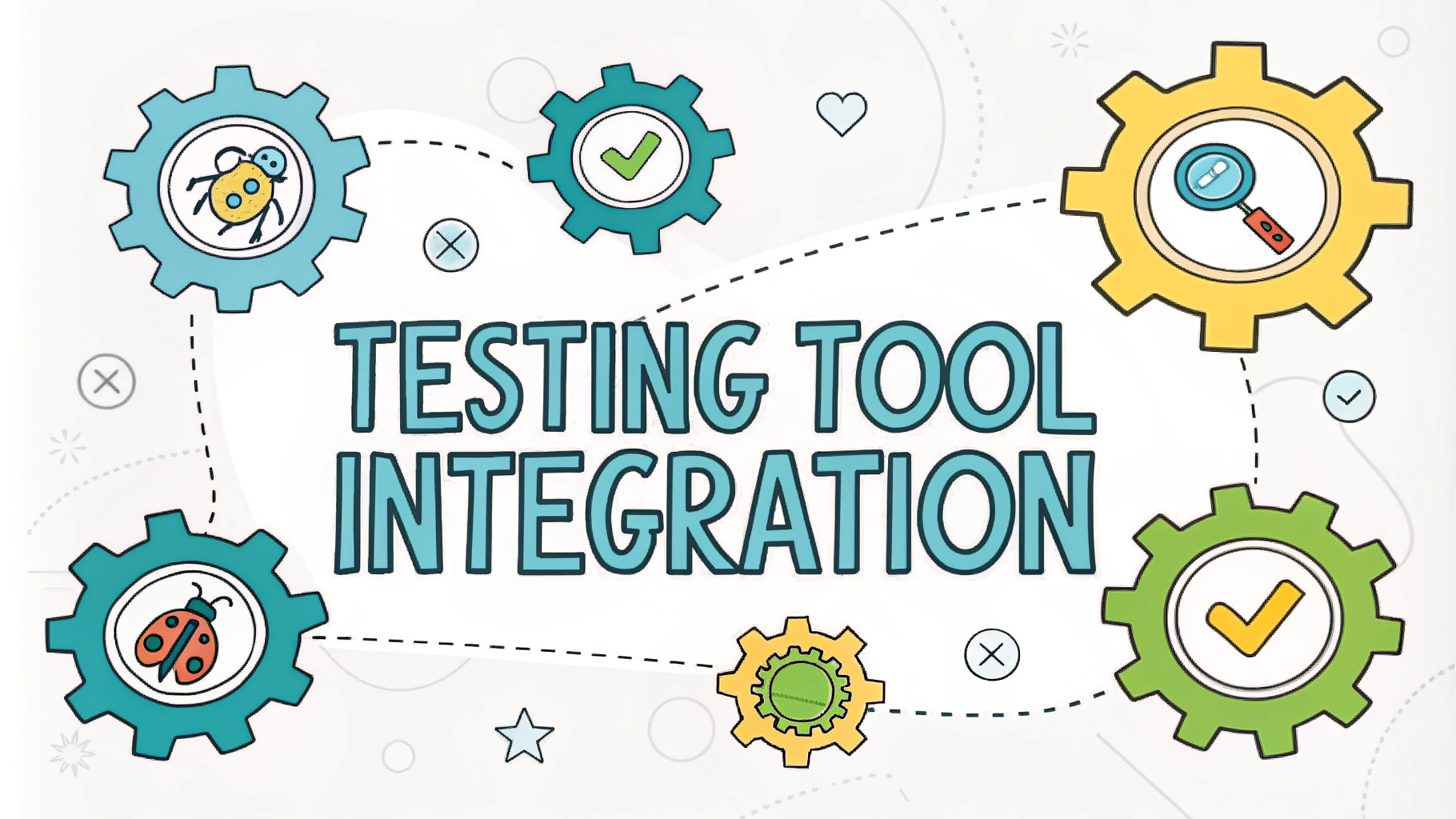A network security assessment evaluates your organization’s defenses against cyber threats through systematic testing and analysis.
Professional penetration testers simulate real-world attacks to identify security gaps before malicious actors can exploit them.
This guide covers the key components of network security assessments and provides actionable steps to strengthen your security posture.
Types of Network Security Assessments
- External Penetration Testing: Evaluates security from an outside attacker’s perspective
- Internal Penetration Testing: Tests security from within the network
- Wireless Network Testing: Assesses WiFi security configurations
- Social Engineering Tests: Evaluates human vulnerability to manipulation
Key Assessment Components
- Network scanning and enumeration
- Vulnerability assessment
- Exploitation testing
- Access control review
- Password policy analysis
- Security configuration review
Common Tools Used
| Tool | Purpose |
|---|---|
| Nmap | Network discovery and security auditing |
| Wireshark | Network protocol analysis |
| Metasploit | Penetration testing framework |
| Burp Suite | Web application security testing |
Assessment Process Steps
- Planning: Define scope and objectives
- Reconnaissance: Gather network information
- Scanning: Identify active systems and vulnerabilities
- Access Testing: Attempt to exploit vulnerabilities
- Analysis: Review findings and assess risks
- Reporting: Document results and recommendations
Risk Mitigation Strategies
- Implement regular security patches and updates
- Configure strong access controls and authentication
- Enable network segmentation
- Deploy intrusion detection systems
- Establish incident response procedures
Finding a Qualified Assessment Provider
Look for providers with these certifications:
- Certified Ethical Hacker (CEH)
- GIAC Penetration Tester (GPEN)
- Offensive Security Certified Professional (OSCP)
- CompTIA PenTest+
Next Steps for Your Security Program
Schedule assessments at least annually or after significant network changes.
Maintain documentation of all testing results and remediation efforts.
Consider these trusted assessment providers:
- Security Metrics: www.securitymetrics.com
- TrustedSec: www.trustedsec.com
- Bishop Fox: www.bishopfox.com
Ongoing Assessment Maintenance
- Establish continuous monitoring protocols
- Perform regular vulnerability scans
- Update security policies and procedures
- Conduct periodic staff security training
- Review and adjust security controls
Documentation Requirements
- Assessment scope and methodology
- Detailed findings and evidence
- Risk severity ratings
- Remediation recommendations
- Executive summary
- Technical assessment details
Compliance Considerations
Network security assessments help meet requirements for:
- PCI DSS
- HIPAA
- SOX
- GDPR
- ISO 27001
Building a Stronger Security Framework
Regular network security assessments form the foundation of a robust cybersecurity program. Organizations should:
- Integrate findings into security roadmap
- Allocate resources for continuous improvement
- Stay informed about emerging threats
- Foster a security-conscious culture
- Maintain partnerships with security experts
FAQs
- What is a network security assessment and penetration testing?
A network security assessment is a comprehensive evaluation of an organization’s network infrastructure to identify vulnerabilities, while penetration testing is a simulated cyberattack to test network defenses and exploit security weaknesses. - How often should organizations conduct penetration testing?
Organizations should conduct penetration testing at least annually, after significant infrastructure changes, or when deploying new systems or applications. Regulated industries may require more frequent testing. - What are the different types of penetration testing?
The main types include external testing (attacking from outside), internal testing (simulating insider threats), black box (no prior knowledge), white box (full system knowledge), and gray box testing (limited information). - What tools are commonly used in network security assessments?
Common tools include Nmap for network mapping, Wireshark for packet analysis, Metasploit for exploitation testing, Nessus for vulnerability scanning, and Burp Suite for web application testing. - What are the phases of a penetration test?
The phases include reconnaissance, scanning, vulnerability assessment, exploitation, post-exploitation, and reporting with remediation recommendations. - What should a penetration testing report include?
Reports should include an executive summary, methodology, findings with severity ratings, technical details of vulnerabilities, proof of concept evidence, and detailed remediation recommendations. - How does penetration testing differ from vulnerability scanning?
Vulnerability scanning automatically identifies potential security weaknesses, while penetration testing involves active exploitation of vulnerabilities to demonstrate real-world attack scenarios. - What are the common vulnerabilities discovered during network assessments?
Common findings include misconfigured firewalls, outdated software, weak passwords, unpatched systems, insecure protocols, and insufficient access controls. - How can organizations prepare for a penetration test?
Organizations should define the scope, backup critical systems, inform relevant stakeholders, establish emergency contacts, and ensure testing agreements are in place. - What compliance standards require penetration testing?
PCI DSS, HIPAA, SOX, ISO 27001, and GDPR often require regular penetration testing as part of their security requirements.







